Sitting at home on day three of a nasty cold, suffering from a case of the winter doldrums, has me thinking about summer and our annual vacation to Martha’s Vineyard. August can’t come soon enough at this time of year, and it’s fun to daydream about one of my favorite places on the island.
Magical. Whimsical. Enchanting. All are appropriate words to describe the gingerbread houses on Martha’s Vineyard, in the town of Oak Bluffs, in the Martha’s Vineyard Camp Meeting Association (MVCMA, or Campground for short). Tucked away from view, first-time visitors often ask how to find the famous “gingerbread houses”.

These are not the much larger Victorian homes that surround Ocean Park in Oak Bluffs which can be seen from the ferry upon arrival from the mainland. These are the miniature gems that surround Trinity Park in the MVCMA, as well as the other narrow, twisty roads of the Campground.
The Campground can be accessed from either Circuit Avenue or Lake Avenue through various entry points, some marked by charming wrought iron arches that spell out “MVCMA” on either side. In the summer Circuit Avenue is teeming with tourists who are visiting one of the street’s many shops, restaurants, or ice cream places. It’s hard to believe that just beyond the hustle and bustle lies a throwback from another era.

official name of this one, but I would call it “Twin Peaks”.
We usually enter the Campground via a path next to Sharky’s Cantina on Circuit Avenue (that’s easy to remember!) which leads us to Trinity Park and the magnificent open-air Tabernacle that is the community center of the Campground and a gathering point for all islanders, whether residents or visitors.
The 34-acre, 318-cottage campground that exists today comes from humble beginnings. As noted on the historical timeline on the MVCMA website, in August 1835 Jeremiah Pease and six fellow members of the Edgartown Methodist Church organized the first Methodist camp meeting in a grove of oak trees, later dubbed Wesleyan Grove.

The annual event continued to grow until the 1850s when thousands of worshipers would descend on Wesleyan Grove for a week or more and pitch hundreds of tents. In 1859, improvements to the grounds and living conditions were made to support the prospering religious retreat.
Early meetings were very serious in nature, with prayer meetings and preaching happening at various times throughout the day and night under different tents throughout the campground. Wesleyan Grove became one of the largest and most well-known camp meeting sites in the country.

The first campground cottages began appearing in the 1860s, replacing the tents. They were built in a distinctive style that has become known as Carpenter Gothic. Carpenter Gothic homes are always made of wood and incorporate gothic details such as arched windows, steep gables, and the occasional tower.
Board and batten (or vertical) siding was common, as were all forms of carved ornamentation such as the fanciful bargeboards that highlight the roof gables (what is commonly referred to as gingerbread). One of my favorite books about the architectural style is Storybook Cottages: America’s Carpenter Gothic Style. It has stunning examples from around the country, including Oak Bluffs.

Living in a house instead of a tent meant that families could extend their stay to enjoy the nearby ocean and other recreational activities.
Simultaneous with the formalization of the Campground, the Oak Bluffs Land & Wharf Company completed the wharf allowing Martha’s Vineyard to become a more accessible summer resort destination. The MVCMA became fearful of the new influx of secular
Said fence is firmly built, is seven and one-half feet high, with sharpened pickets, suggesting unhappy and unpleasant thoughts of what might be the unlucky wight who should attempt to “run guard.” He would find a sharp lookout on that “picket line.”
~ Vineyard Gazette, July 2, 1869

In August 1870 a large canvas tent was erected to cover the area where public meetings were held, the precursor to the current Tabernacle. Approximately 4,000 people could find shelter beneath the tent, protecting them from the strong sun and other elements.
The canvas tent was used for nine years, but the MVCMA realized it needed a more permanent structure.

Original plans to construct the Tabernacle out of wood were scrapped when cost estimates came in above available funds. The MVCMA decided to use pre-fabricated wrought-iron, a new, more efficient material, to complete the Tabernacle at a cost of just over $7,000 in July of 1879. The same material was used to build the Eiffel Tower and the Brooklyn Bridge.
Campground cottager J.W. Hoyt received the contract for the structure, and first pieces were pre-assembled in Hoyt’s Springfield, MA workshop and shipped to the Vineyard by way of the Connecticut River and Long Island Sound.

With a large wooden cupola and rows of Victorian stained glass windows, the Tabernacle has a light and airy feel reminiscent of the vast tent that occupied the space previously. The multiple levels within the structure make for excellent acoustics in the space.
Benches in the Tabernacle pre-date the iron structure, having been constructed and utilized under the canvas tent before. Extra seating was needed once the Tabernacle was complete, and so hundreds of oak chairs were purchased from Sears at 60 cents a piece. Both the chairs and benches remain in use today, being repaired and restored as needed.

As the decades have passed, the Campground maintains a religious grounding but has become interdenominational with a focus on welcoming all, and regular services are held on Sundays throughout the summers.
The Tabernacle is used for a number events throughout the summer and is the venue for Martha’s Vineyard High School graduation every June. During any given week, the Tabernacle might host a speaker or a musical performance such as the mid-summer Vineyard Sound concert.

Visitors are always welcome to the Campground to see the gingerbread houses and experience the idyllic feeling of summers gone by. Each colorful house is highlighted by overflowing window boxes, hanging plants, and pots of flowers. It is surprisingly quiet as no cars are allowed in the Campground.
Imagine children riding their bicycles and playing outside. Imagine homeowners relaxing on their porches drinking coffee in the morning or sipping lemonade on a hot afternoon. Perhaps reading the paper or a good book, or chatting with a neighbor.
Visitors can take walking tours of the Campground, offered twice weekly during the summer, or visit the Cottage Museum & Shop. A weekly Community Sing is offered in the Tabernacle every Wednesday evening at 8. For over 150 years, community members of all ages have come together for the nostalgic sing-alongs which include a combination of folk songs, hymns, patriotic songs, spirituals, and more. Songbooks are loaned out to newcomers, so everyone can easily participate.

The grand finale of summer is Grand Illumination, which happens on the third Wednesday of August every year. Each of the gingerbread houses is decorated with Japanese lanterns of various shapes, sizes, and colors. All are kept dark until the appointed hour, and after the Community Sing, there is a ceremonial lighting of the first lantern.
Homeowners gather on their porches, welcoming the thousands of people that come to enjoy the magic of the evening and the warm glow of the lanterns. Tradition holds that all lanterns stay with the house, even with new owners. Just another example of how this community has managed to keep its history and traditions alive throughout the years.
I hope you plan a visit to see the gingerbread houses of Martha’s Vineyard soon, and experience all that the Campground has to offer. It’s a bit of time travel that offers pure joy and a sense of peace.
If you love the gingerbread houses as much as I do, take a peek at some of my images from Martha’s Vineyard. Prints and more are available.
As an Amazon Associate, I earn from qualifying purchases.
[x_author title=”About the Author”]

My name is Deb Cohen, and I am a lifelong resident of Connecticut, a lover of all things historic and New England, and a realtor who helps buyers and sellers achieve their real estate goals and dreams. When I’m not working, I enjoy life with my husband, our two adult children, and our two rescue pups. Renovating and decorating our historic home, dating to 1800, is another favorite pastime.
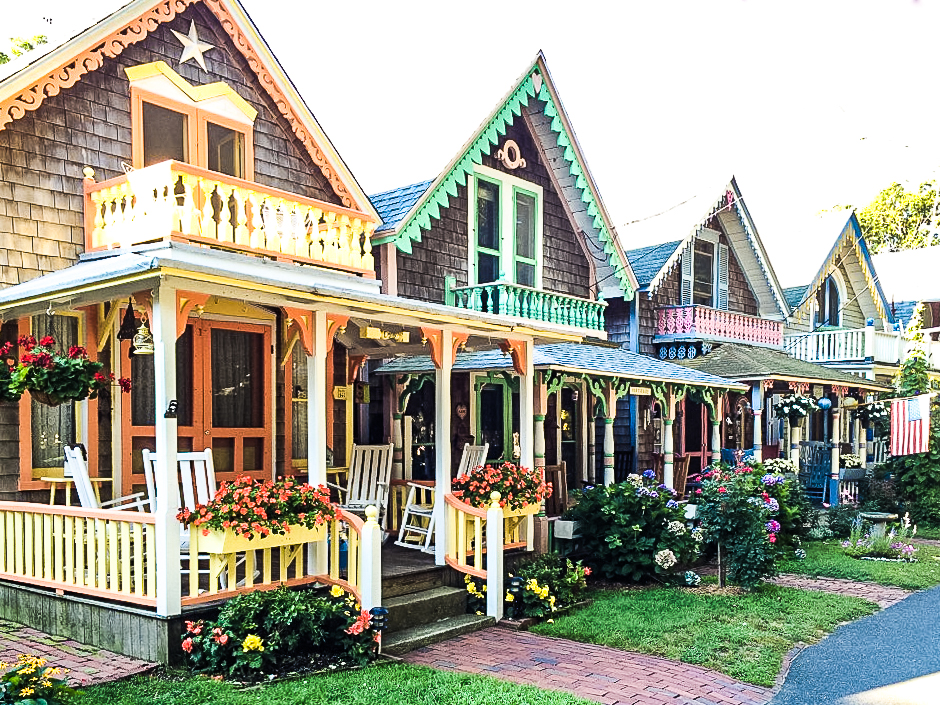



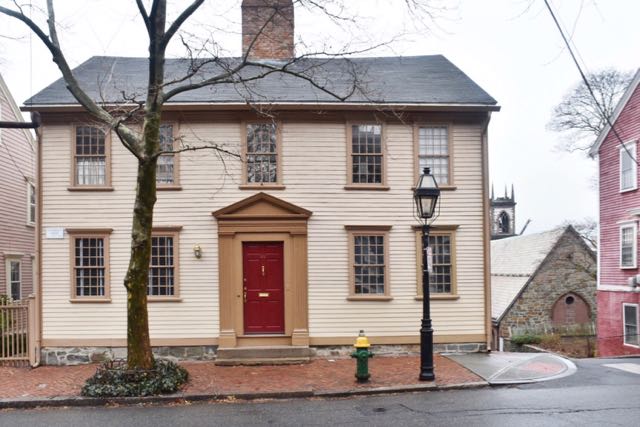
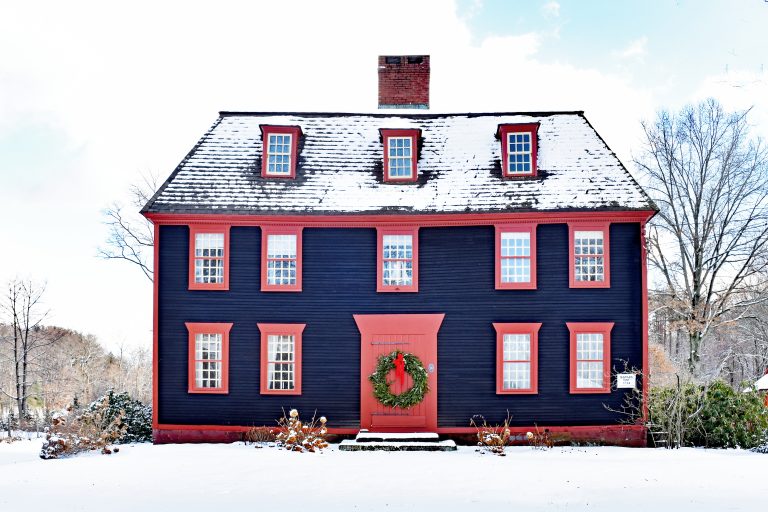


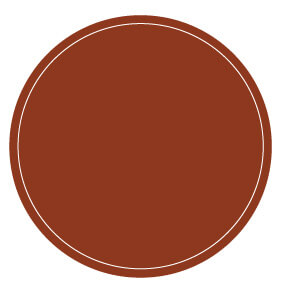

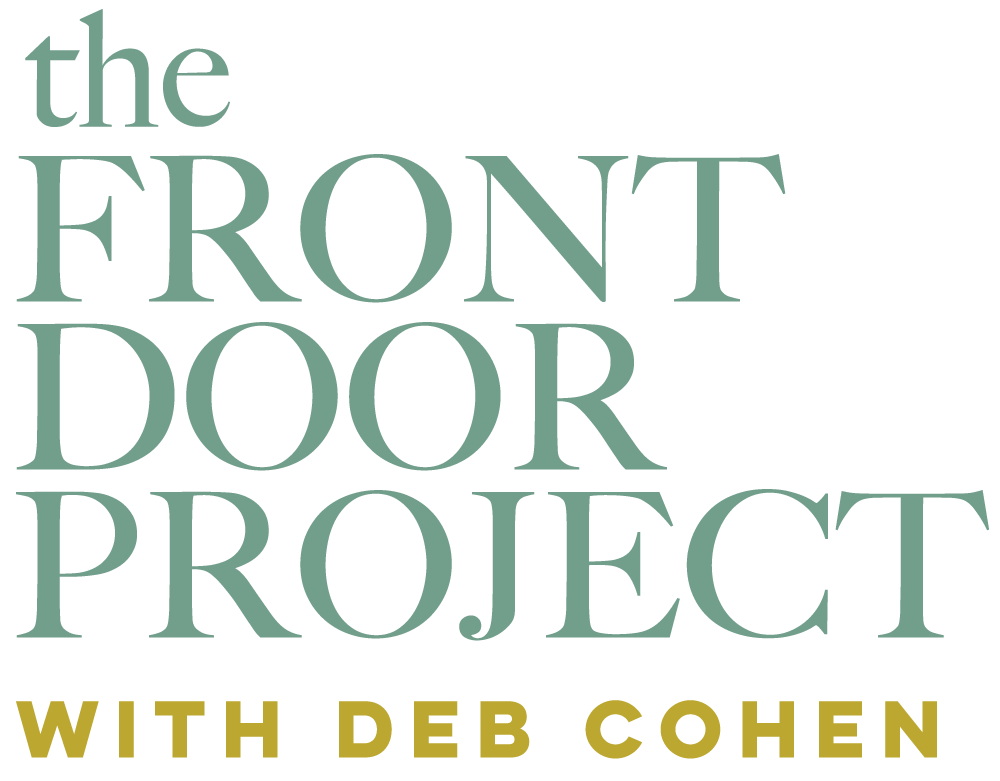
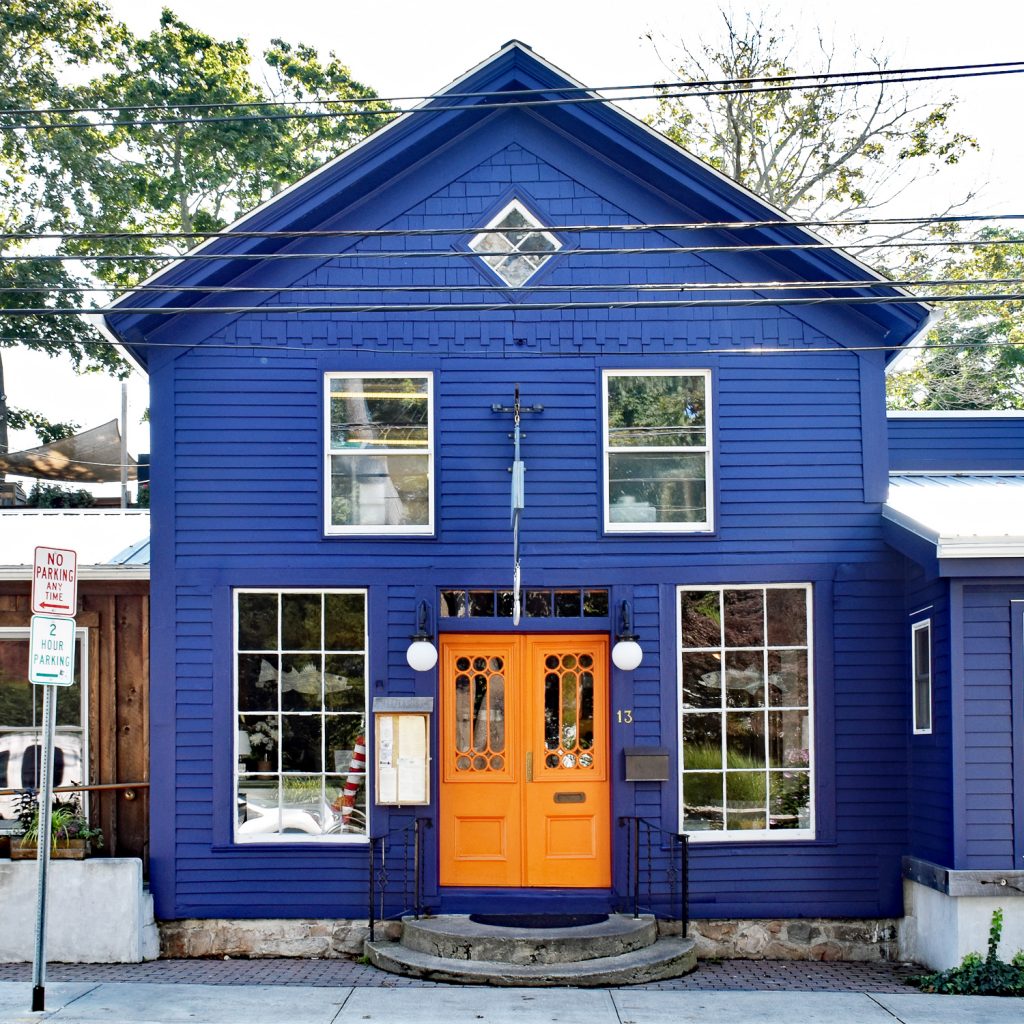
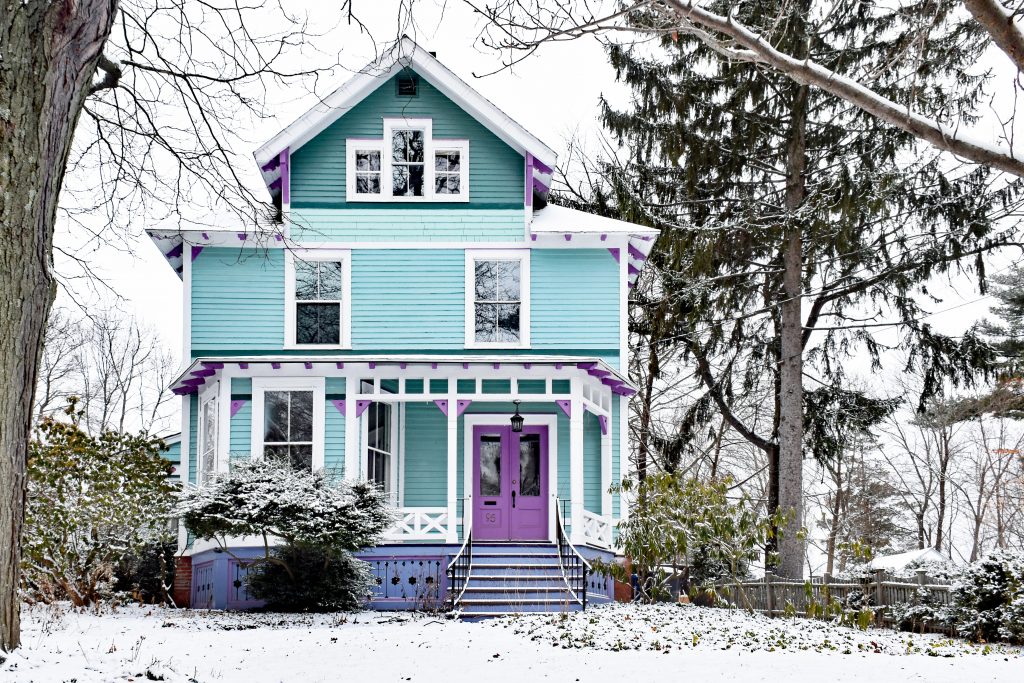
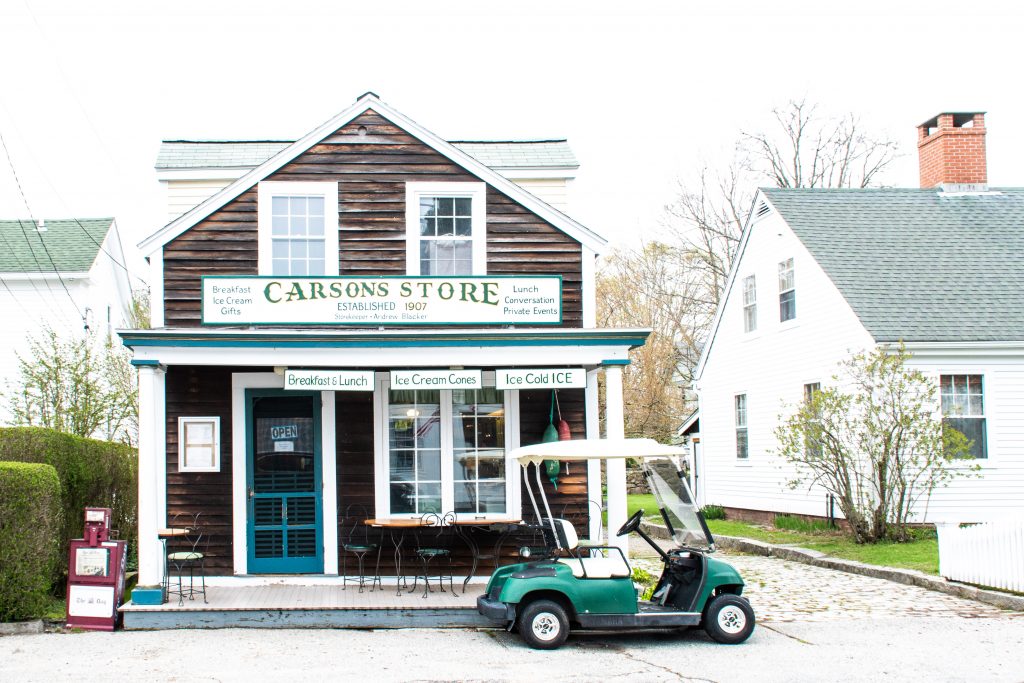
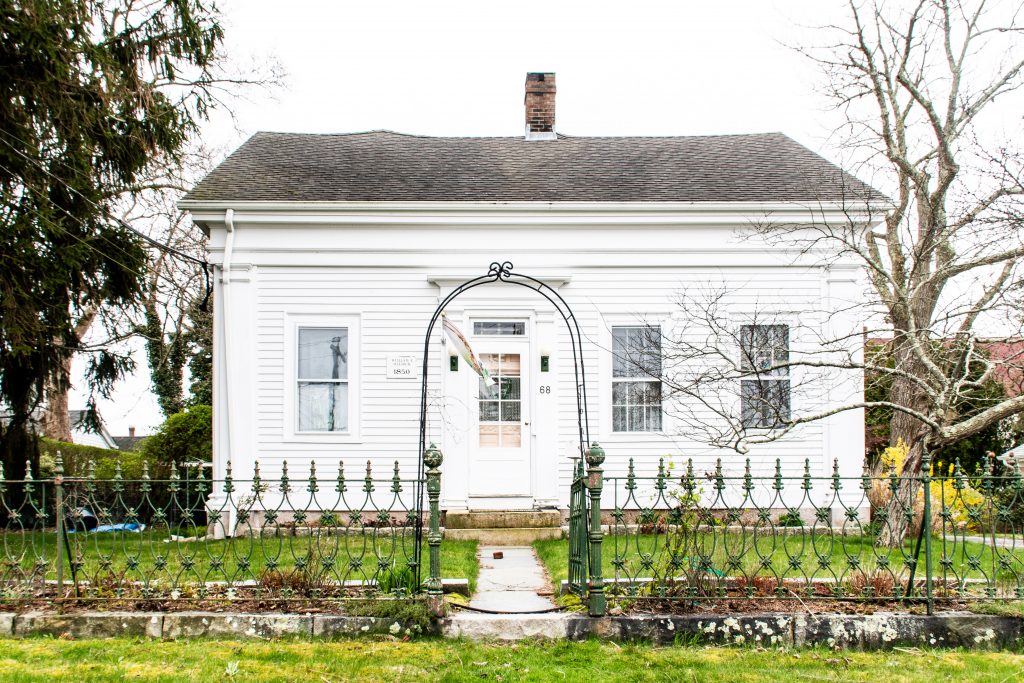
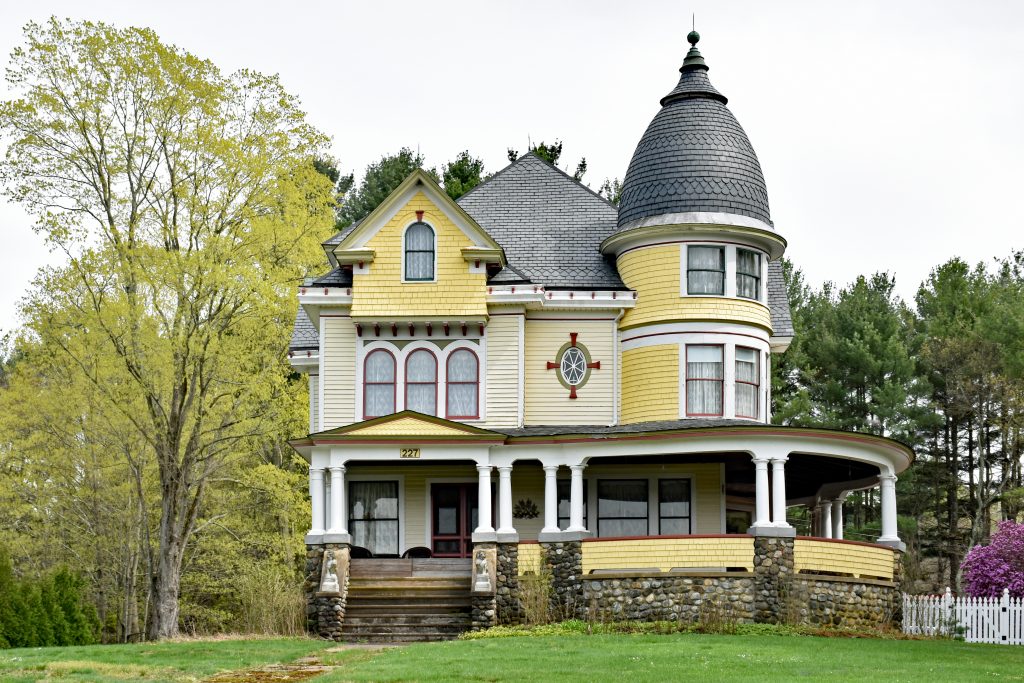
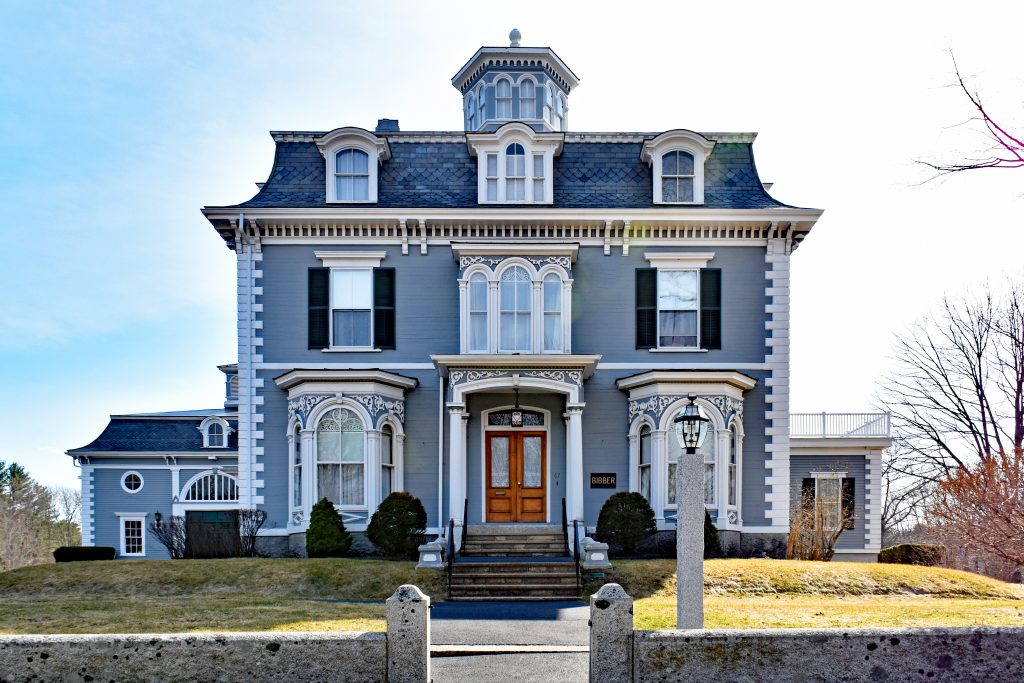
Within the Instagram app, faucet the three dot button to the upper proper of a
post you wish to save the video from and choose
‘Copy link’.
You mention that the pointed arches on the windows of the one cottage are unique. However, there are at least three cottages on the MVCMA campgrounds with this particular style of window (and doors). So not unique, just rare.
I know this because I am the proud owner of one of the others that were not pictured.
Point well taken! (See what I did there?) How wonderful that you own one of these special beauties! I will update to say “rare” vs “unique” 🙂
Thank you for this overview of this Methodist campground on Martha’s Vineyard. In NJ we have Ocean Grove & Mt Tabor that were also started as Methodist campgrounds. The architecture in them is very similar to the Martha’s Vineyard style, the Tabernacle in Ocean Grove is tremendous wooden structure. Great historic towns!
You are more than welcome! I have heard about Ocean Grove and would love to see it someday!
My favorite place on MV also. I cannot go to MV and not sit and enjoy the quiet and solitude and peacefulness of the Tabernacle. I’m sure you go to Illumination Night and yes, I’m a little envious as it’s my favorite summer event.
Loved your post and the different angles of some of your pictures compared to mine. Nice to see a favorite place thru someone else’s eyes. 🙂 Thank you
Thank you so much for your comments, Joan! It’s such a magical place. I wish everyone could visit and see it for themselves. We have been to Illumination a few times, but we aren’t always there that week 🙂